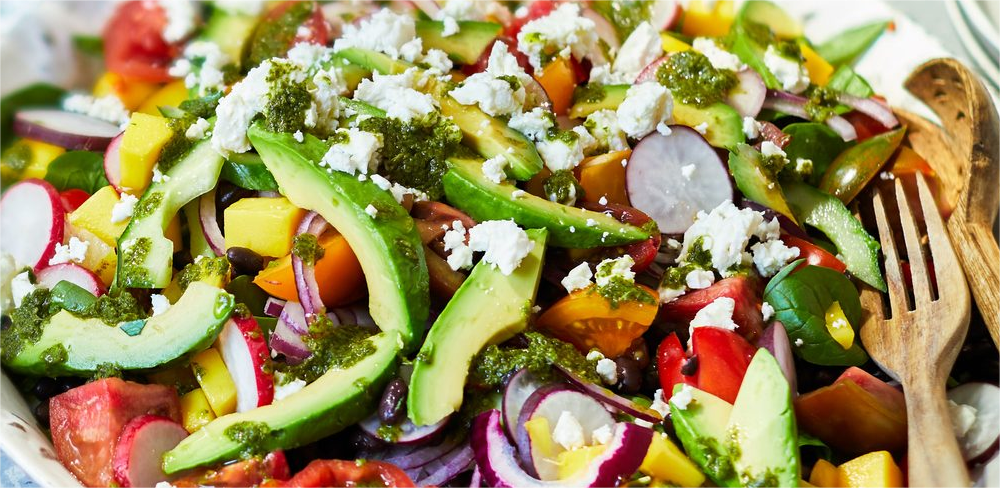Salads are beloved for their freshness, health benefits, and versatility. They offer a canvas for creativity, allowing for endless combinations of flavors, textures, and ingredients. However, even the simplest of salads can present challenges for home cooks and chefs alike. From soggy greens to lackluster dressings, mastering the art of salad making requires addressing common pitfalls with practical solutions. Let’s delve into some of these issues and explore how to overcome them:
1. Soggy Greens:
One of the most common problems encountered with salads is wilted or soggy greens. This can happen when dressing is added too early or when watery vegetables are incorporated without proper drying.
Solution: To combat this issue, ensure your greens are thoroughly dried after washing. Invest in a salad spinner to remove excess moisture effectively. Additionally, consider dressing your salad just before serving rather than letting it sit, allowing the greens to maintain their crispness.

2. Bland Flavors:
Sometimes salads lack flavor complexity, leading to a less-than-satisfying culinary experience. This can occur when ingredients are not seasoned adequately or when there’s a lack of variety in textures and tastes.
Solution: Experiment with different herbs, spices, and seasonings to enhance the flavors of your salads. Incorporate a mix of sweet, salty, sour, and bitter elements for a well-balanced taste profile. Don’t forget to add acidity through ingredients like citrus juice or vinegar to brighten up the flavors.

3. Dressing Dilemmas:
Achieving the perfect dressing consistency and flavor can be tricky. Homemade dressings may separate or fail to coat the ingredients evenly, while store-bought ones can sometimes overpower the salad.
Solution: When making homemade dressings, emulsify the ingredients thoroughly using a whisk or blender to prevent separation. Taste as you go and adjust the seasoning to your preference. For store-bought dressings, consider diluting them with a bit of water or lemon juice to mellow out the flavors and ensure they complement rather than overpower the salad.

4. Wilted Additions:
Adding ingredients like avocado, cheese, or delicate herbs too early can result in them becoming wilted or losing their freshness before serving.
Solution: Incorporate these delicate ingredients just before serving to preserve their texture and flavor. If preparing the salad in advance, store these items separately and add them right before serving to maintain their freshness.

5. Overdressed Salads:
Applying too much dressing can overpower the flavors of the salad and make it soggy, while too little can leave the salad underwhelming.
Solution: Start by adding a small amount of dressing to the salad and toss well to coat the ingredients evenly. Gradually add more dressing as needed, tasting as you go, until you achieve the desired level of flavor without drenching the salad. Remember, you can always add more dressing, but it’s challenging to remove excess once it’s been added.

Mastering the art of salad making requires attention to detail, creativity, and a willingness to experiment. By addressing common problems with practical solutions, you can elevate your salads from mundane to magnificent. So next time you’re in the kitchen, armed with your fresh produce and favorite dressings, keep these tips in mind to create salads that are not only delicious but also a delight to the senses. Happy salad making!
If you want more information on food and recipes, keep following us: https://www.bygoody.com/














Leave a Reply